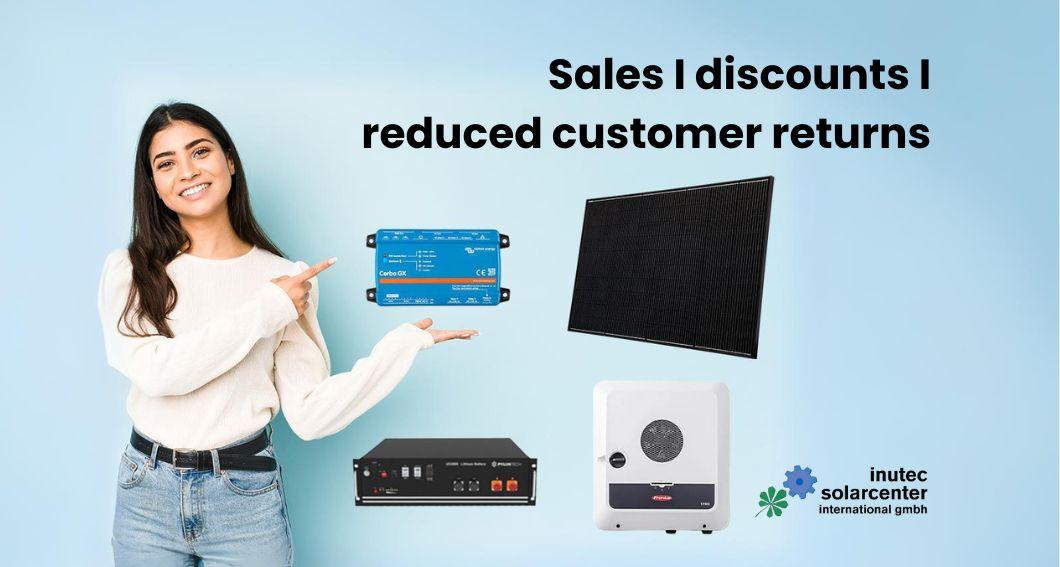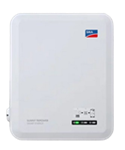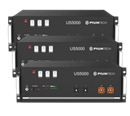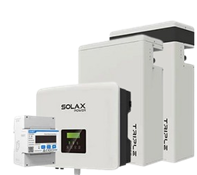Storage
Storage
Battery storage
Choosing the right storage size
Technically, it is recommended to choose a storage size in kWh that matches at least 1:1 the nominal power of the inverters.
Example: an 8 kW hybrid inverter should be equipped with at least 8 kWh of storage, ideally even more. A too small storage cannot absorb the energy of a large inverter. Especially when the storage is empty, it will be more loaded, which can even lead to harmonic oscillations.
Solar storage batteries
Nowadays, LiFePO4 lithium storage batteries are preferred because they offer a wider working range than lead-acid batteries. A depth of discharge of up to 10% can be achieved with lithium batteries.
Low voltage solar storage batteries
Battery packs with an operating voltage of 48 volts are commonly used here. 12V or 24V battery storage is also available for mobile applications. Expandable storage systems can be connected together to form a total system of over 900 kW. Battery management systems (BMS) are used for this purpose.
High voltage solar storage
This storage technology uses solutions in the range of several hundred volts. Each high-voltage storage battery is assigned its own BMS.
Lead-carbon batteries
Lead-carbon batteries are maintenance-free and have a long service life. They are ideal for use in a wide range of applications. The batteries can withstand temperatures from -40°C to +65°C. They have excellent cycle stability and can be recharged extremely quickly.


















